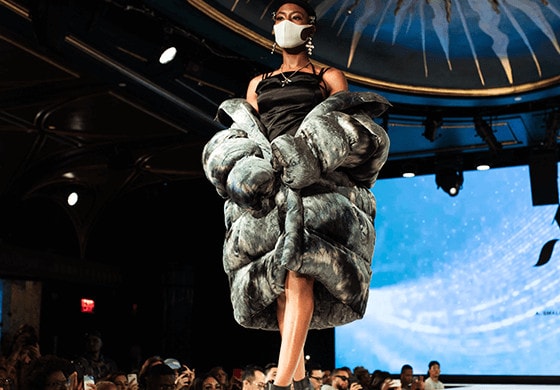

Subscribe to our Newsletter!
Get our latest news straight into your inbox


Evolving Fashion According to Covid-19
The fashion industry has always been a medium fairly exclusive to itself. Walking the tightrope between excess and inspiration, it falls in a slightly lower level to media in the entertainment field. As Covid-19 continues to claim up to 146,000 lives nationwide, all industries and job sectors have been forced to massively rollback employment and operations, involuntarily placing the words ‘innovate’, ‘evolve’, and even ‘survive’ into workplace discourse. The balancing act of wants versus needs is fairly individualized for every institution, a sole unifying analysis being the said institutions’ net benefits for society.
Premier fashion has rarely transcended class and socioeconomic barriers. As such, the old guard is having to reckon with crippling statistics concerning an already limited pool of clientele. Since May of 2020, two months after Covid-19 was announced as a pandemic, online sales in fashion have decreased by thirty to forty percent. It has been estimated that billions of dollars have evaporated for businesses specializing in apparel – in the grim words of a Forbes article, guaranteeing “Many will not survive.” Adding to the mix was the cancellation of the annual Mercedes Benz Fashion Week in Australia, the New York Fashion Week: Resort 2021, and Men’s Fashion Week, along with the indefinite postponement of the Paris Fashion Week AW 2020.
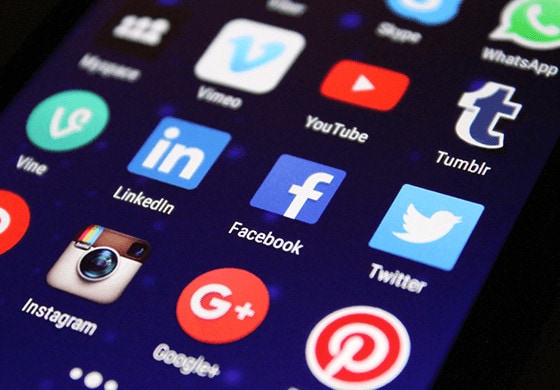

Interestingly, the mandatory evolution of the industry we know as ‘fashion’ holds promising possibility for beginners and intermediates. Many typically overlooked designers may possess as businesses are forced to digitize. While Anna Wintour may have the Asian market’s seat at Milan Fashion Week’s February premiere, various institutions as powerful as Vogue are starting to be challenged by the concept of the self-made endeavor. Courtesy of the internet, many cutting-edge opportunities for employment and success are being broadcast to, and sprouting from, the home. In an era where individuals monetize online videos courtesy of click percentage, the same may start to apply to an industry whose calling card used to be exclusivity, not to mention even class warfare. Nothing has informed the public more about cultural aesthetic than changes in commercial artistry. Suffice to say, in a post-Weinstein environment tearing down barriers and sublimating typical standards has never been hotter.
Continued technological advancements have opened doors previously unimaginable. With the arrival of streaming, an entirely new generation of filmmakers outside the Hollywood mainstream have had opportunities to showcase work to masses while still earning accolades within the studio system. The concept of the YouTube channel has led to Hollywood heavyweights such as Will Smith and Brie Larson to join the community, while concurrently launching the careers of notable talent such as Billie Eilish, Allison Williams, and Jeffree Star. In many ways, evolution of a longstanding industry – particularly entertainment based – has not only proven mandatory, but mutually beneficial for all involved. Ironically the conundrum often quipped by a media villain – If you can’t win, then join – has never proven more applicable.
Share This
– Advertisement –
Subscribe To Our Newsletter
Get our latest news straight into your inbox.










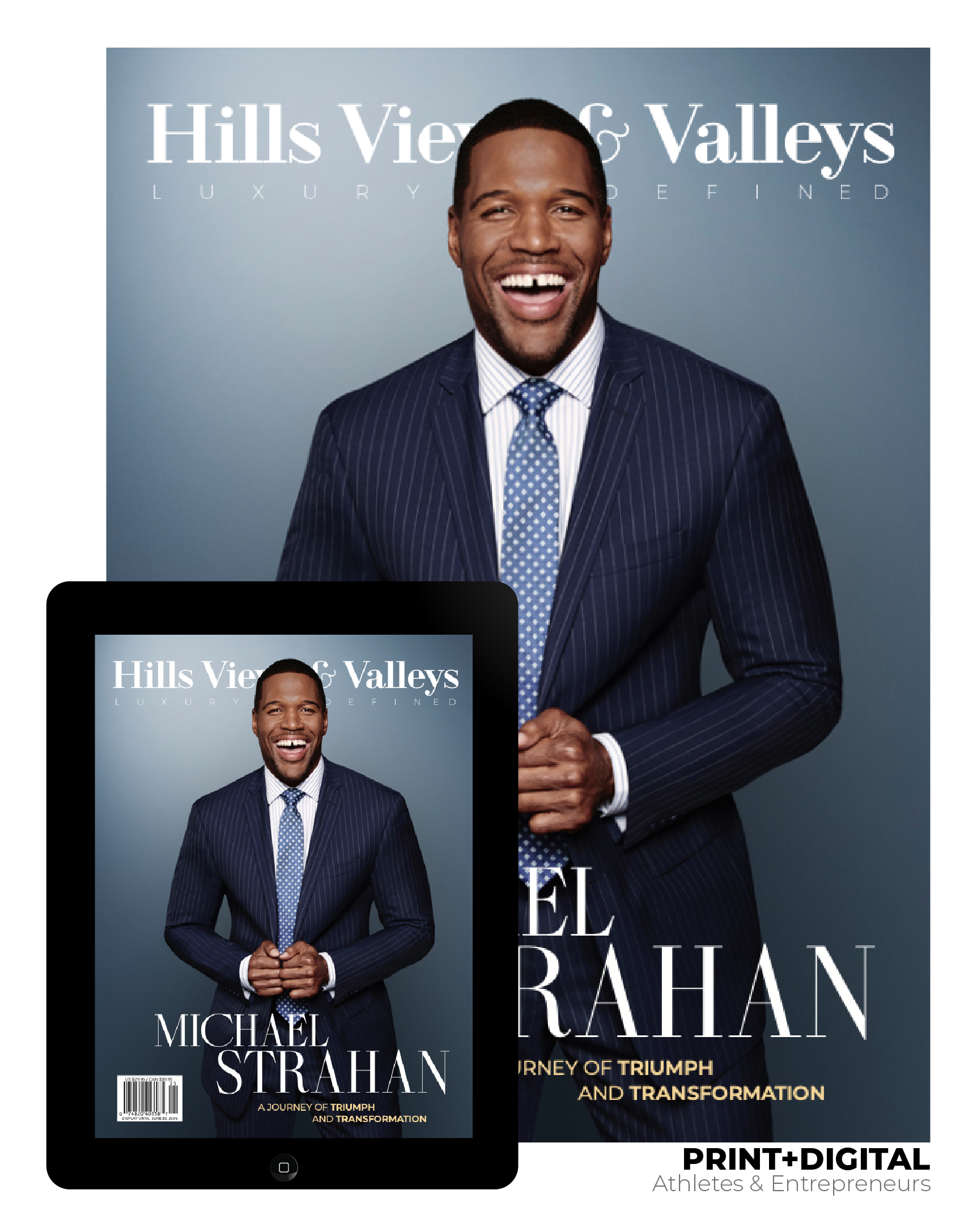
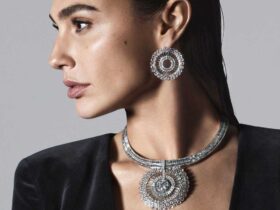





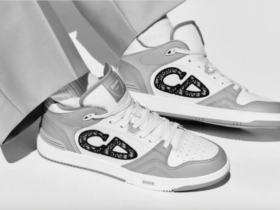

Leave a Review